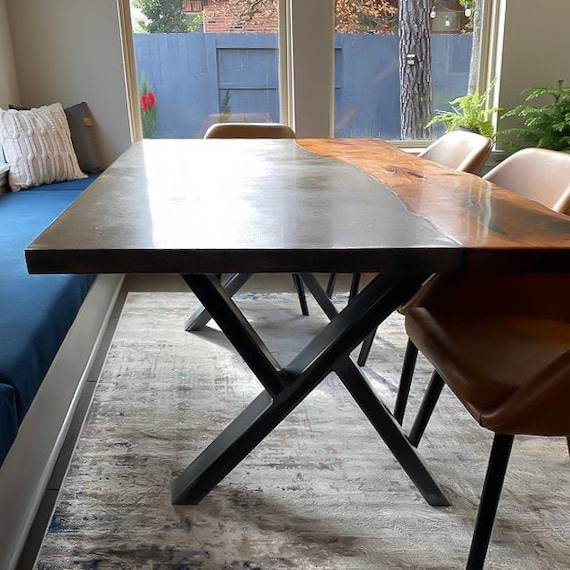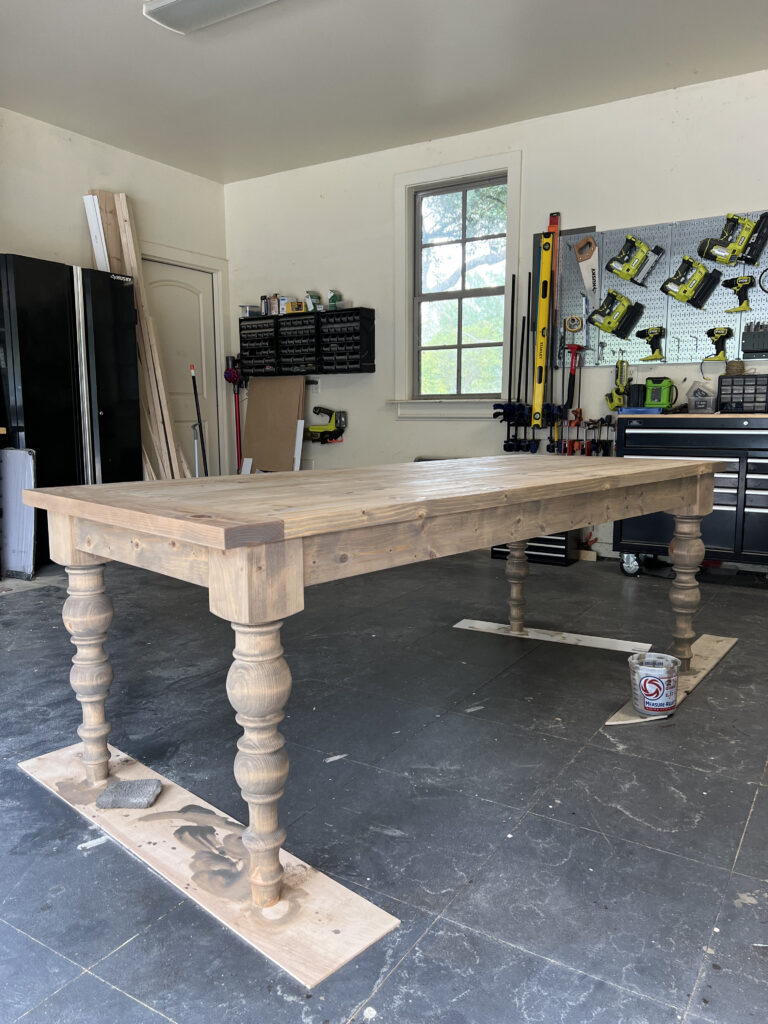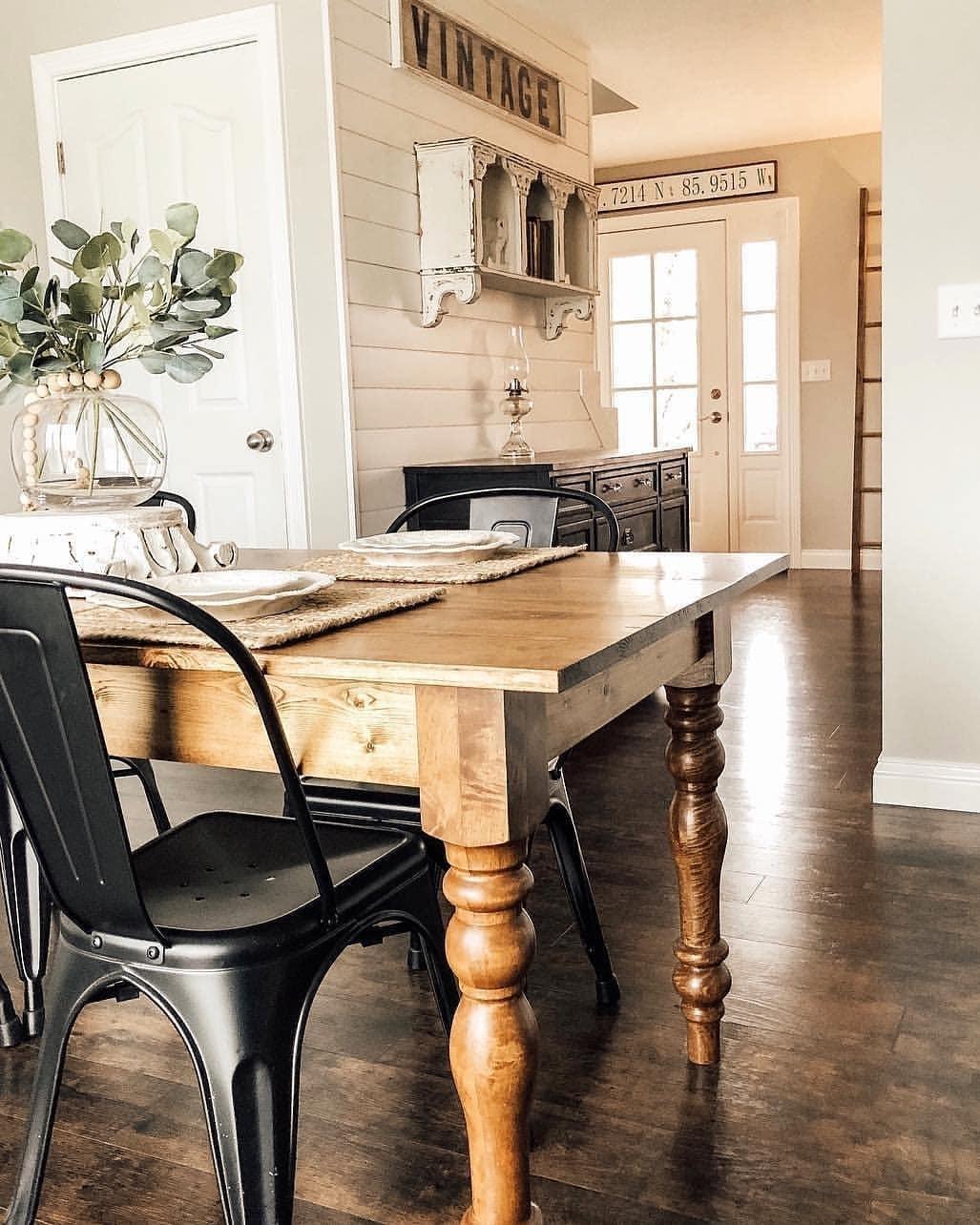Bring Heat and Character to Your Room with Dining Table Legs Wood
Bring Heat and Character to Your Room with Dining Table Legs Wood
Blog Article
Exploring the Various Kinds of Table Legs Wood for Your Dining Space
The choice of eating table legs timber can greatly influence both the aesthetic and practical qualities of your dining room. Strong timber choices, such as oak and walnut, offer a classic look with unmatched toughness, while engineered wood options provide cutting-edge styles that mimic the splendor of all-natural grains. Furthermore, the growing trend of recovered wood presents a sustainable component that interest ecologically aware consumers. As we check out these different options, it ends up being necessary to take into consideration not only the aesthetic appeal yet also the functional implications of each material selection. What factors should direct your choice?
Strong Timber Options

Additionally, strong timber is renowned for its stamina and longevity. Unlike crafted products, solid wood is much less prone to warping and damage with time when properly preserved. This makes it an excellent choice for households or those that regularly hold events. Each piece of solid wood is unique, showcasing private characteristics that include in the appeal and personality of the table.
In addition, solid wood can be finished in numerous ways, ranging from all-natural oils to tarnished coatings, allowing house owners to individualize their furnishings to match their decoration. In summary, picking solid timber for dining table legs not just makes certain architectural stability but likewise enhances the visual appeal of the eating location, making it a beneficial investment for any home.
Engineered Timber Alternatives

Plywood, built from multiple layers of wood veneer, is steady and particularly solid, making it a superb selection for dining table legs. Its split structure enables it to endure changes in humidity and temperature far better than standard strong wood. MDF, on the other hand, offers a smooth surface area for paint or veneering, allowing developers to accomplish a refined appearance while preserving architectural stability.
Particleboard, commonly used in economical choices, supplies decent toughness and is light-weight, making it easier to handle. Nevertheless, it may not be as long lasting as plywood or MDF. It is necessary to think about the intended usage and preferred aesthetic when choosing crafted wood choices. These materials not only enhance the performance of dining areas yet likewise enable greater style adaptability, making sure that standard and contemporary styles can exist together sympathetically.
Reclaimed Wood Features
Recovered timber offers a distinct blend of sustainability and character, making it a progressively preferred choice for eating table legs. Sourced from old barns, manufacturing facilities, and other frameworks, redeemed wood embodies a history that new materials simply can not reproduce. Each piece brings its very own story, marked by distinct blemishes, knots, and differing grain patterns, which contribute to a table's distinct visual appeal.
In enhancement to its aesthetic charm, recovered wood is an eco-friendly option. By repurposing formerly made use of materials, it decreases the demand for here brand-new lumber, therefore aiding to reduce and save woodlands waste. This straightens with an expanding consumer preference for lasting methods in furniture.
In addition, reclaimed timber is usually a lot more resilient than newly gathered timber because of its age. The natural drying out process that recovered timber goes through results in a denser and more powerful material, making it much less susceptible to bending and splitting. This enhances the durability of dining tables, permitting them to withstand the roughness of daily use.
Softwood vs. Hardwood
When selecting table legs, understanding the distinctions in between softwood and hardwood is critical for accomplishing both visual and functional goals. Softwoods, originated from coniferous trees, such as yearn and cedar, are identified by their lighter weight and simplicity of adjustment. They normally exhibit an even more rustic look, making them suitable for country-style or casual eating areas. Softwoods are typically less durable than hardwoods, which can be a factor to consider for families or those looking for longevity in their furniture.
On the other hand, woods, sourced from deciduous trees like oak, maple, and cherry, are renowned for their density, strength, and longevity. The intricate grain patterns and rich colors of hardwoods provide a advanced and ageless appeal, making them optimal for formal dining setups. While woods often tend to be extra costly and heavier, their strength against damage usually validates the investment.
Inevitably, the option in between softwood and wood for dining table legs ought to align with your style vision, usage needs, and spending plan, making sure that your dining space reflects your individual style while remaining functional with time.

Surfaces and Treatments
The aesthetic allure and long life of eating table legs can be considerably enhanced with various home surfaces and treatments. These processes not only secure the timber from damage however also elevate its appearance, allowing it to match varied interior styles.
One typical therapy is discoloring, which permeates the wood and enhances its natural grain while adding color. Discolorations offer an abundant, sophisticated look, allowing property owners to match their furniture with existing decor. On the other hand, clear surfaces such as polyurethane or varnish produce a protective layer without modifying the timber's initial tone, making sure toughness versus wear and tear.
In addition, natural oils, like tung or read here linseed oil, nurture the wood and offer a subtle sheen, all while being environmentally friendly. These oils permit the surface area to take a breath, preventing wetness buildup and possible bending.
For those looking for a rustic beauty, weather-beaten or distressed coatings can be used to create an aged appearance, including personality to the piece. Eventually, the selection of coatings and treatments depends on individual preference, wanted aesthetic appeals, and the certain timber type, making it important to take into consideration these variables when selecting eating table legs for your room.
Final Thought
Solid woods, crafted choices, and reclaimed options each offer unique advantages, catering to different preferences and requirements. Inevitably, the option of timber type ought to line up with wanted style, resilience, and environmental considerations, improving the general eating experience.
The option of dining table legs timber can exceptionally affect both the functional and aesthetic qualities of your eating room - Dining Table Legs Wood. Strong wood choices, such as oak and walnut, offer a traditional look with unrivaled toughness, while crafted timber choices supply innovative styles that simulate the splendor of natural grains. Strong wood offers a classic top quality that can raise the total style of a dining room. Each item of strong timber is one-of-a-kind, showcasing private attributes that add to the beauty and character of the eating table
In addition, recovered wood is frequently a lot more resilient than freshly harvested timber due to its age.
Report this page